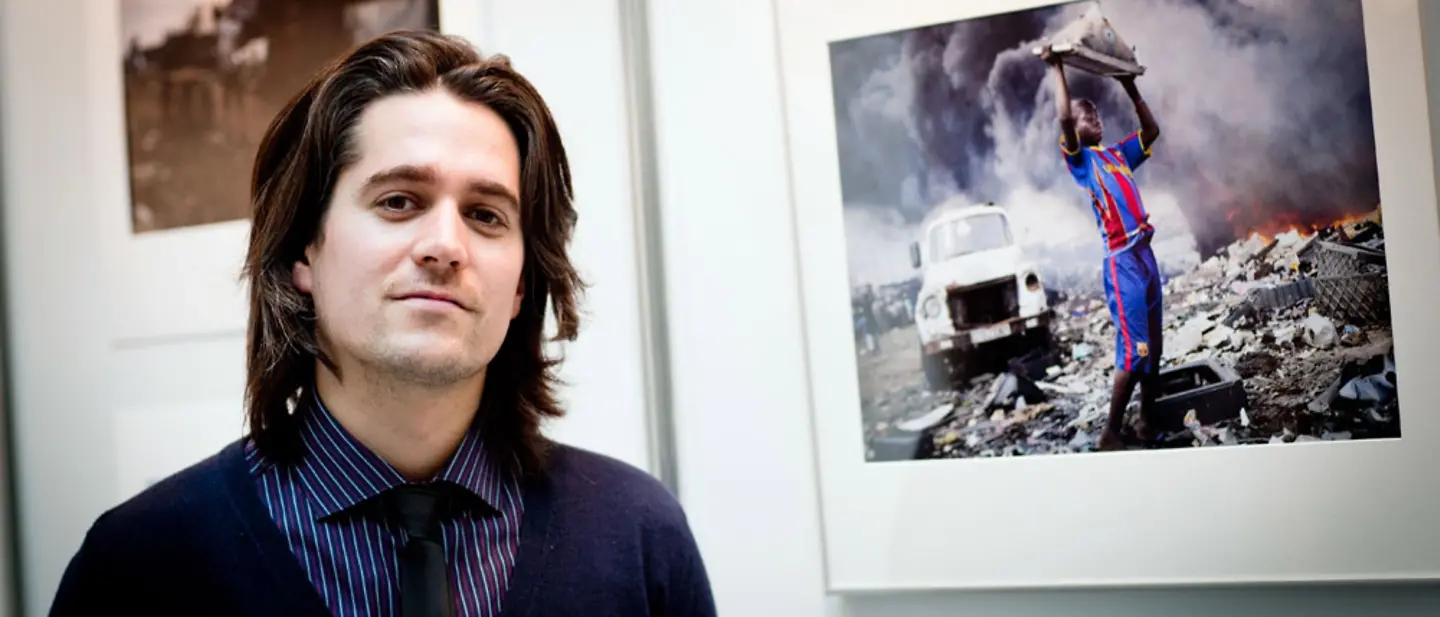UNICEF Photo of the Year 2011
Each year, UNICEF Germany and GEO Germany (from the publishing house Gruner +Jahr GmbH & Co KG) grant the “UNICEF Photo of the Year Award” to photos and photo series that best depict the personality and living conditions of children worldwide in an outstanding manner.
German Photographer Kai Löffelbein is the winner of the competition “UNICEF Photo of the Year 2011”. His pictures show children in Ghana recycling german toxic waste.
Kai Löffelbein, Germany
Ghana: Waste export to Africa
We are used to collecting waste paper, bottles etc. and bringing old or broken electrical appliances to recycling depots or back to the producer. By doing this we feel that we are managing our resources sensibly. (Although it might not really be very sensible to keep buying new things all the time.) But it is often unclear, despite legal bans, where our appliances really go. According to estimates by the UN, about 100,000 tons of e-waste, for example, is exported from Germany to Africa each year.
We are used to collecting waste paper, bottles etc. and bringing old or broken electrical appliances to recycling depots or back to the producer. By doing this we feel that we are managing our resources sensibly. (Although it might not really be very sensible to keep buying new things all the time.) But it is often unclear, despite legal bans, where our appliances really go. According to estimates by the UN, about 100,000 tons of e-waste, for example, is exported from Germany to Africa each year.
‘Sodom and Gomorrah’ is what the locals call the toxic waste dump, Agbogbloshie, in Ghana’s capital, Accra. It’s where children and adolescents dismantle computers, mobile phones, TV sets and other devices and burn the electronics for any valuable metals. Noxious fumes fill the air; lead, cadmium, zinc, chrome, nickel and other chemical substances are emitted and damage the health of all who inhale them: headaches, dizziness, skin rashes and damage to the nervous system are the result. Not to mention the highly toxic residue that contaminates the soil.
The German photographer Kai Löffelbein has witnessed the full complexity of the problem: Technically speaking, the contents of e-waste such as gold, silver and palladium should be recycled in industrialized countries as valuable raw materials. And, technically, the Ghanaian government should ban the import of such kinds of consumer waste. But there is no such ban because people can make money from the scrap trade. But in the end it is really all about the ‘polluter pays principle’. Those creating the problem are responsible for sustainable disposal practices. And that’s why it is our responsibility.
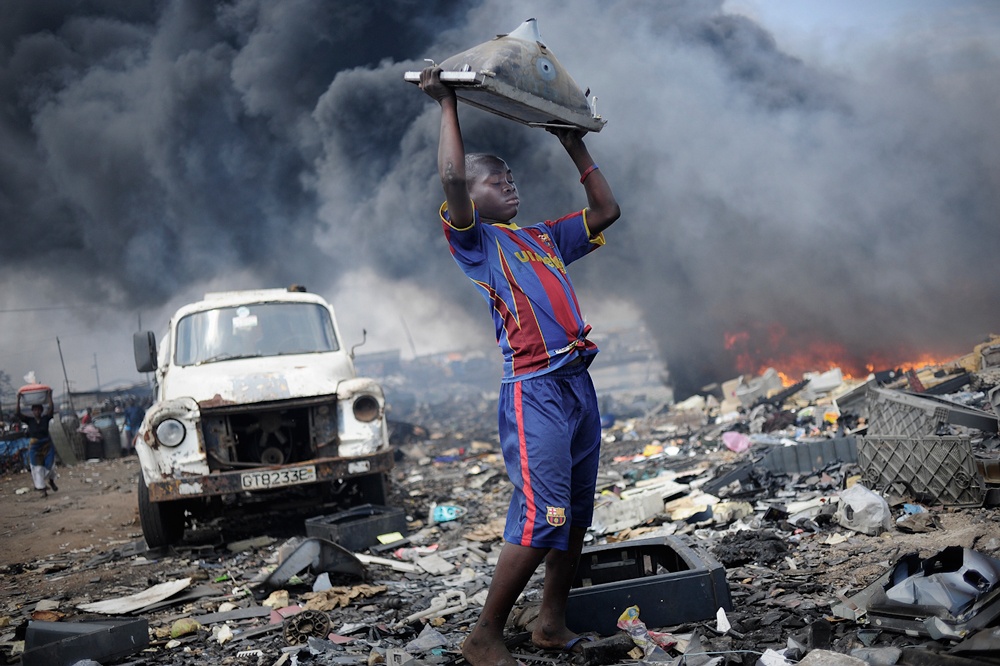 Bild 1 von 12 © Kai Löffelbein/University of Applied Sciences and Arts, Hannover
Bild 1 von 12 © Kai Löffelbein/University of Applied Sciences and Arts, Hannover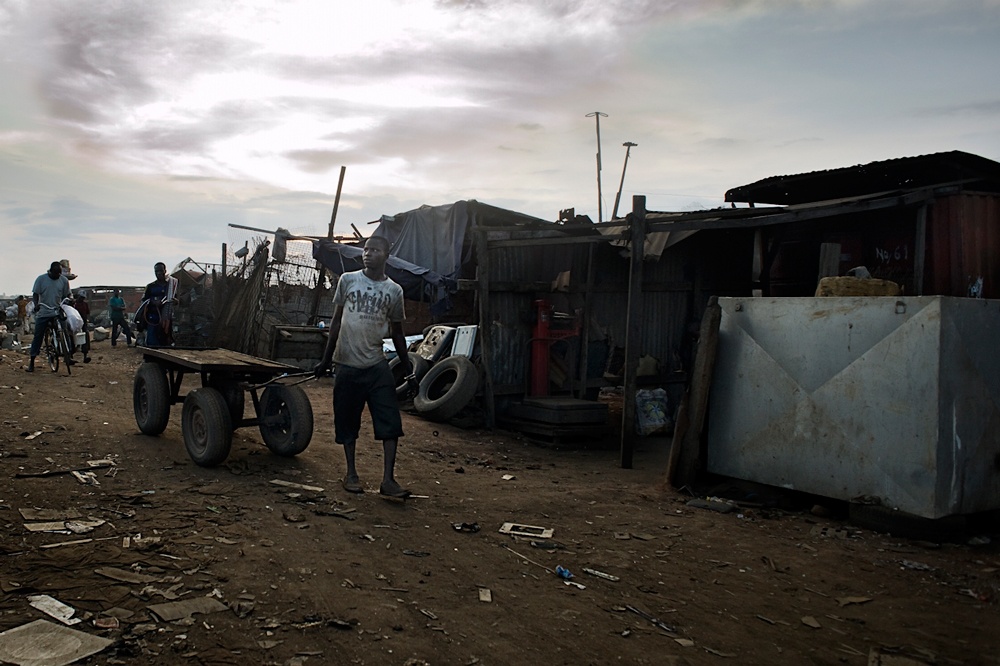 Bild 2 von 12 © Kai Löffelbein/University of Applied Sciences and Arts, Hannover
Bild 2 von 12 © Kai Löffelbein/University of Applied Sciences and Arts, Hannover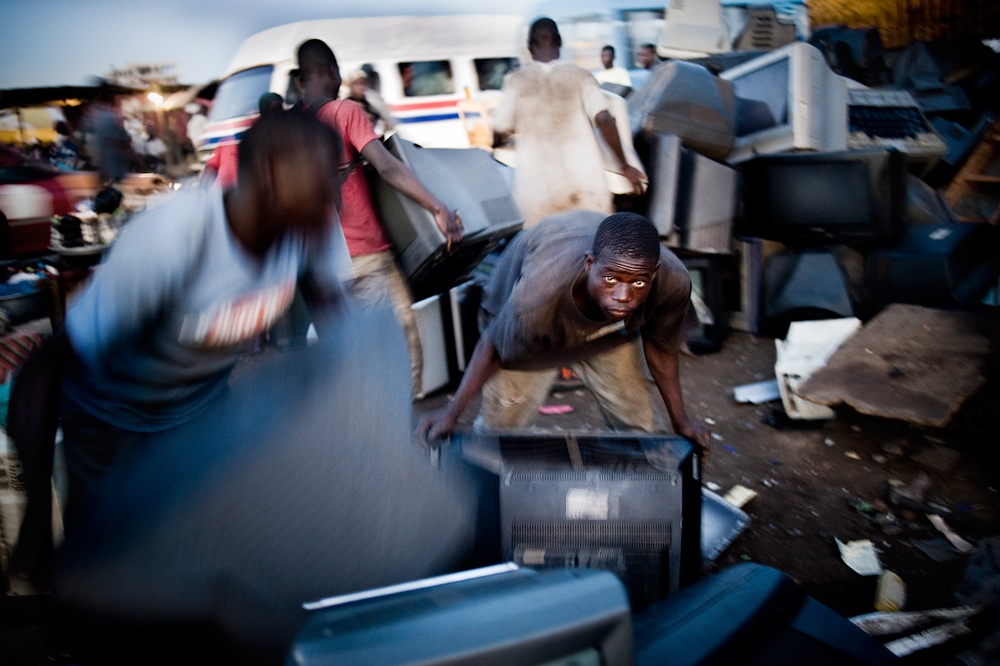 Bild 3 von 12 © Kai Löffelbein/University of Applied Sciences and Arts, Hannover
Bild 3 von 12 © Kai Löffelbein/University of Applied Sciences and Arts, Hannover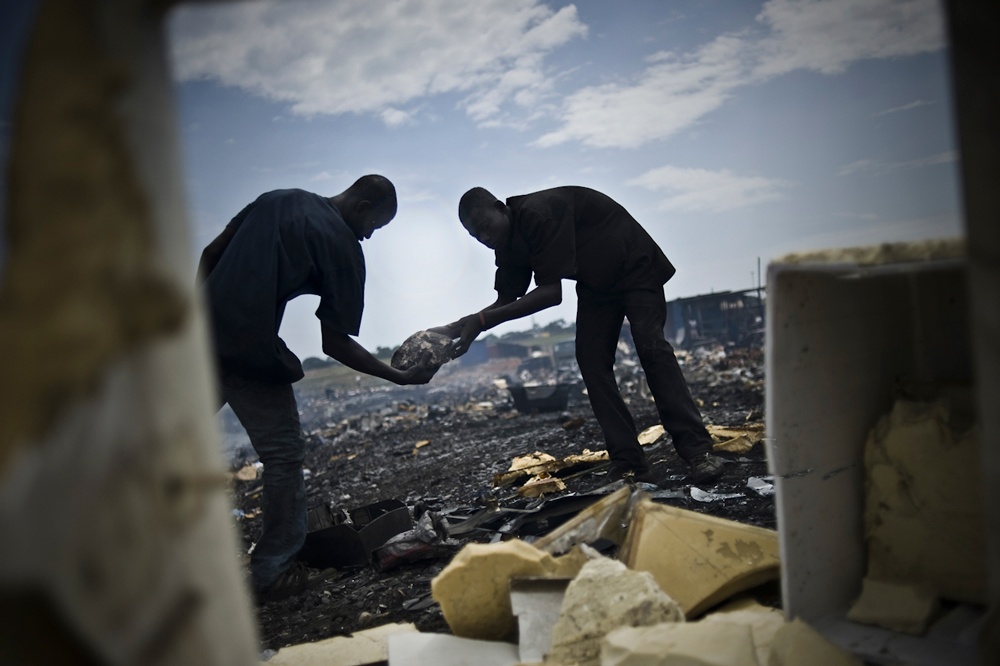 Bild 4 von 12 © Kai Löffelbein/University of Applied Sciences and Arts, Hannover
Bild 4 von 12 © Kai Löffelbein/University of Applied Sciences and Arts, Hannover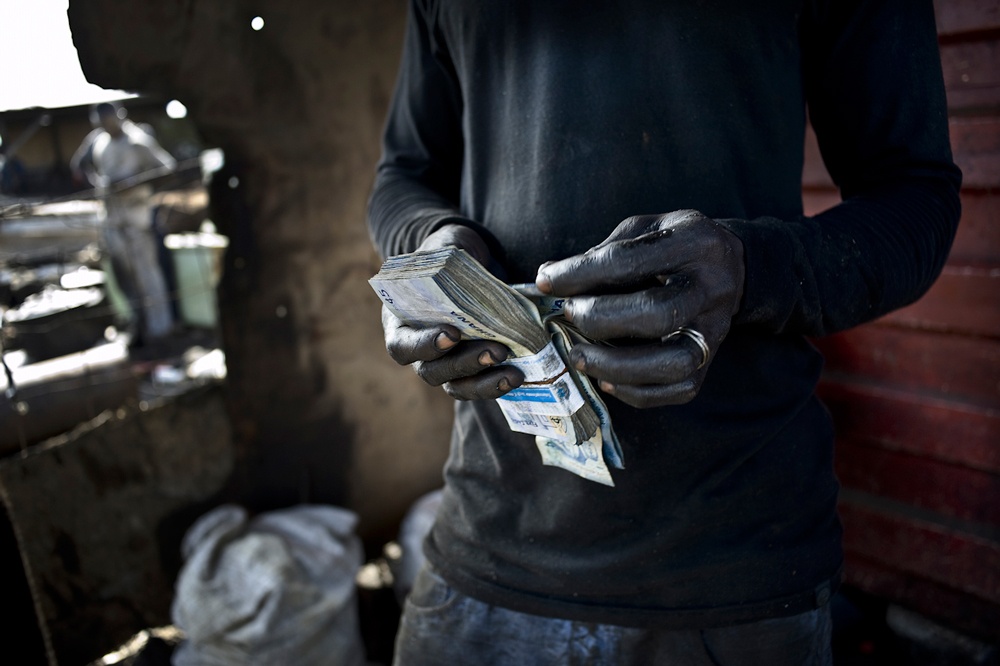 Bild 5 von 12 © Kai Löffelbein/University of Applied Sciences and Arts, Hannover
Bild 5 von 12 © Kai Löffelbein/University of Applied Sciences and Arts, Hannover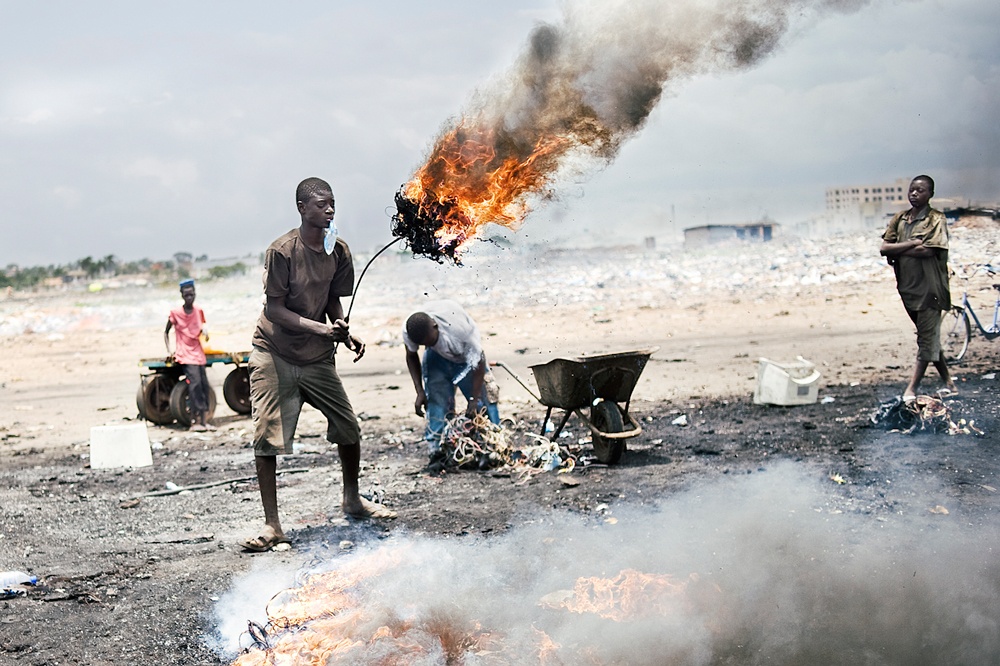 Bild 6 von 12 © Kai Löffelbein/University of Applied Sciences and Arts, Hannover
Bild 6 von 12 © Kai Löffelbein/University of Applied Sciences and Arts, Hannover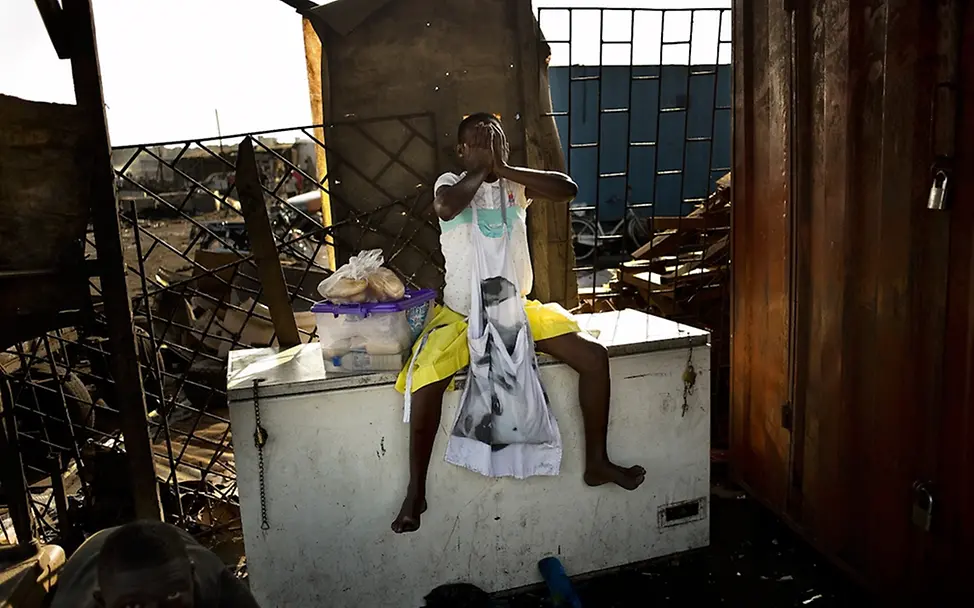 Bild 7 von 12 © Kai Löffelbein/University of Applied Sciences and Arts, Hannover
Bild 7 von 12 © Kai Löffelbein/University of Applied Sciences and Arts, Hannover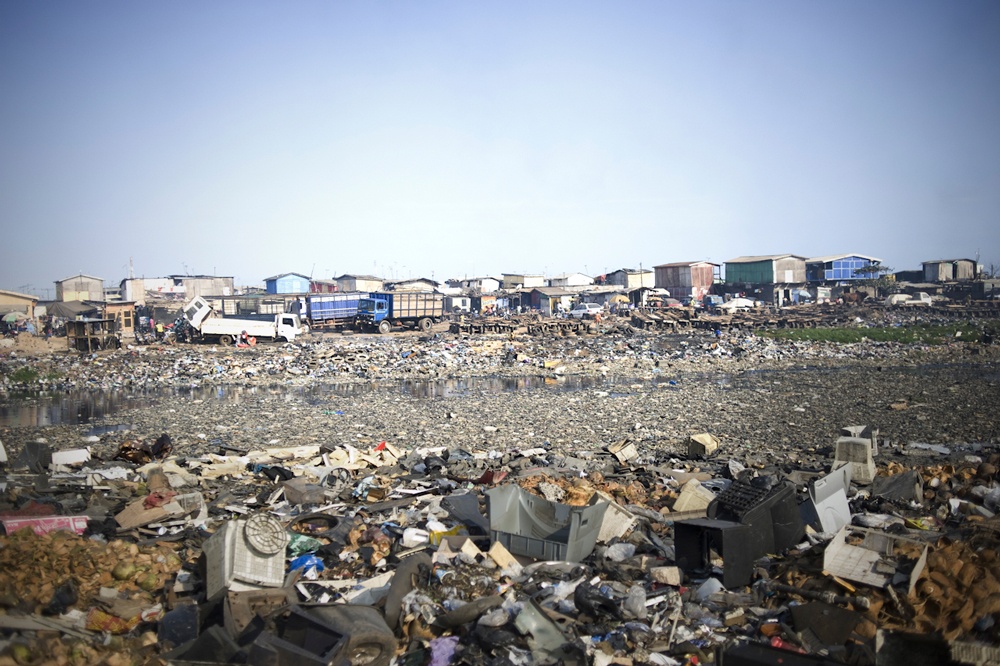 Bild 8 von 12 © Kai Löffelbein/University of Applied Sciences and Arts, Hannover
Bild 8 von 12 © Kai Löffelbein/University of Applied Sciences and Arts, Hannover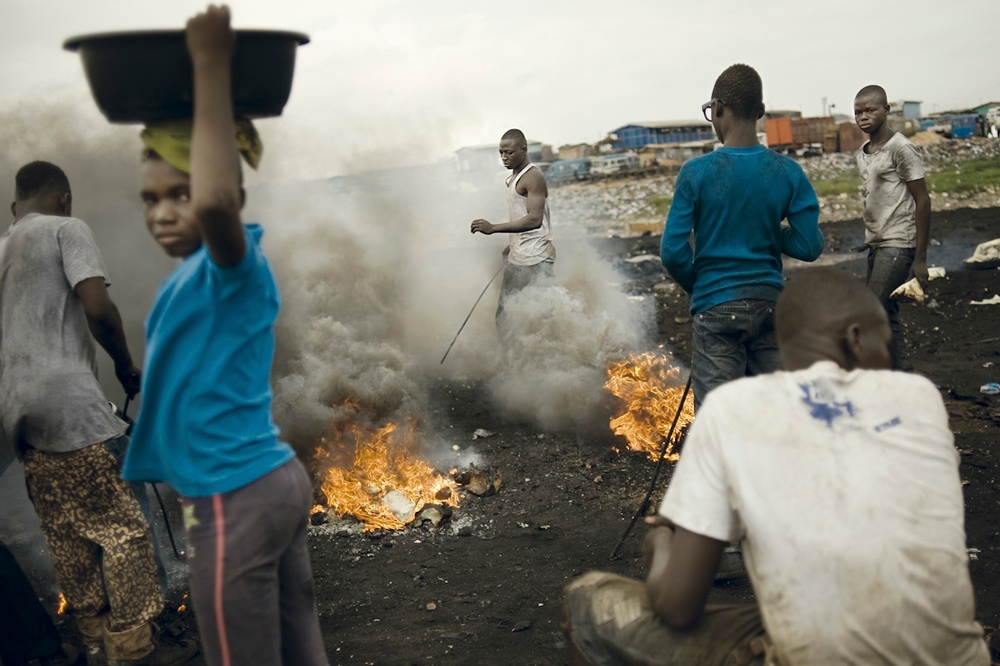 Bild 9 von 12 © Kai Löffelbein/University of Applied Sciences and Arts, Hannover
Bild 9 von 12 © Kai Löffelbein/University of Applied Sciences and Arts, Hannover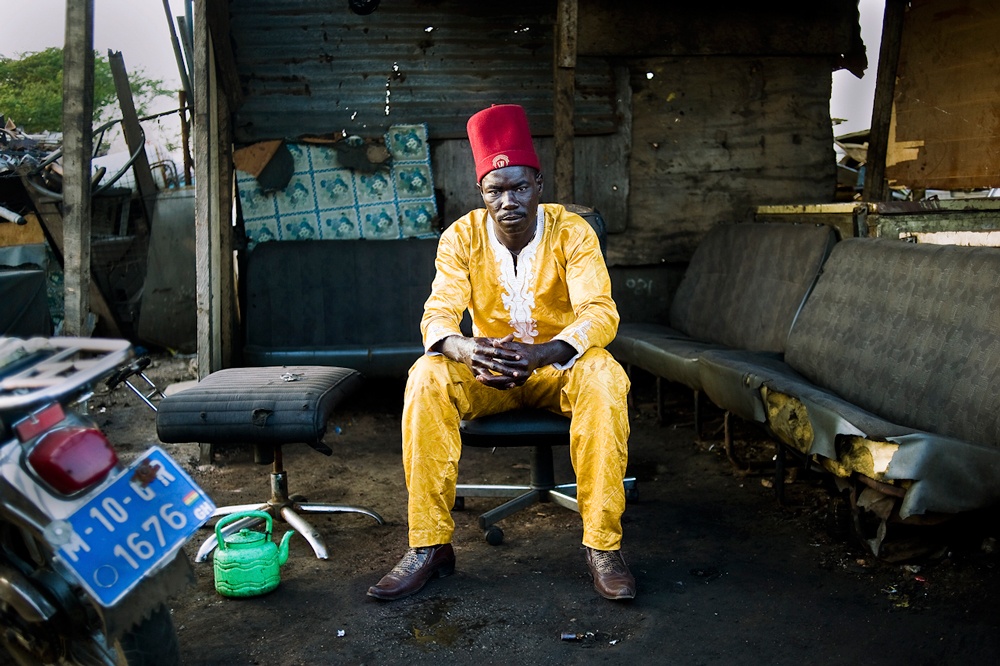 Bild 10 von 12 © Kai Löffelbein/University of Applied Sciences and Arts, Hannover
Bild 10 von 12 © Kai Löffelbein/University of Applied Sciences and Arts, Hannover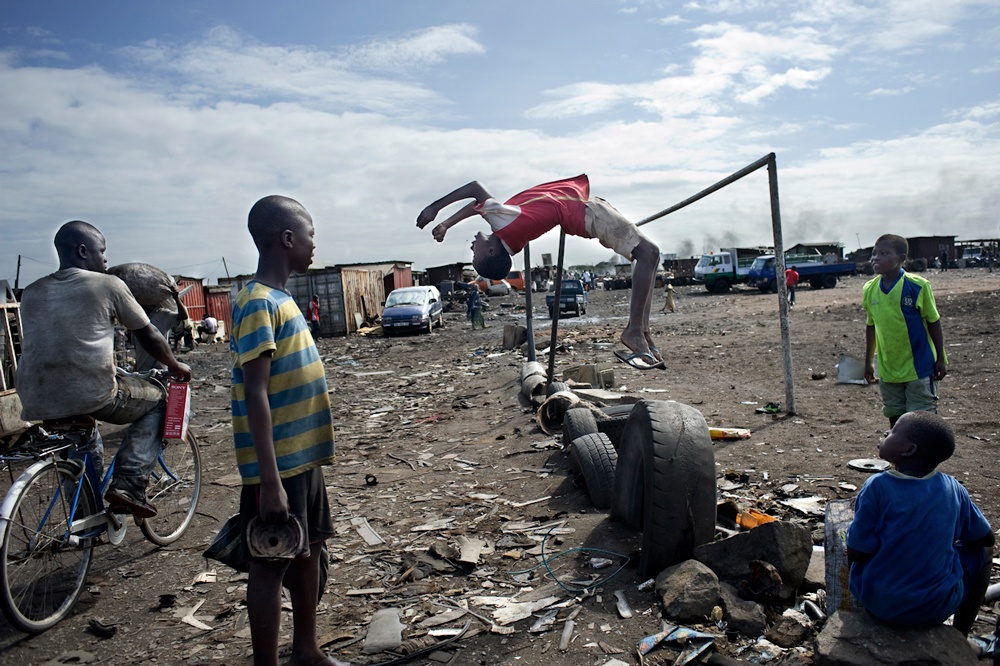 Bild 11 von 12 © Kai Löffelbein/University of Applied Sciences and Arts, Hannover
Bild 11 von 12 © Kai Löffelbein/University of Applied Sciences and Arts, Hannover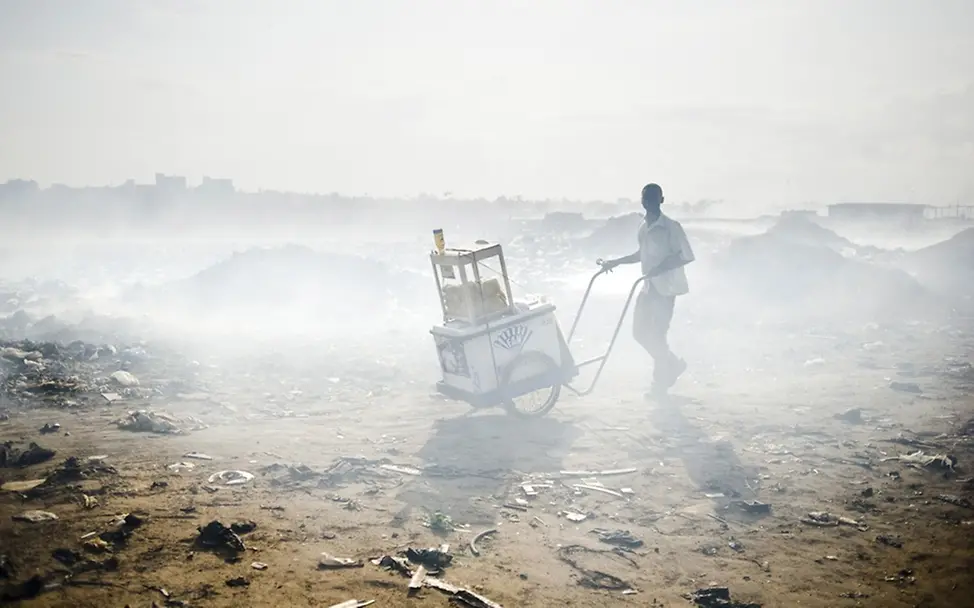 Bild 12 von 12 © Kai Löffelbein/University of Applied Sciences and Arts, Hannover
Bild 12 von 12 © Kai Löffelbein/University of Applied Sciences and Arts, Hannover
‘Sodom and Gomorrah’ is what the locals call the toxic waste dump, Agbogbloshie, in Ghana’s capital, Accra. It’s where children and adolescents dismantle computers, mobile phones, TV sets and other devices and burn the electronics for any valuable metals. Noxious fumes fill the air; lead, cadmium, zinc, chrome, nickel and other chemical substances are emitted and damage the health of all who inhale them: headaches, dizziness, skin rashes and damage to the nervous system are the result. Not to mention the highly toxic residue that contaminates the soil.
The German photographer Kai Löffelbein has witnessed the full complexity of the problem: Technically speaking, the contents of e-waste such as gold, silver and palladium should be recycled in industrialized countries as valuable raw materials. And, technically, the Ghanaian government should ban the import of such kinds of consumer waste. But there is no such ban because people can make money from the scrap trade. But in the end it is really all about the ‘polluter pays principle’. Those creating the problem are responsible for sustainable disposal practices. And that’s why it is our responsibility.
Curriculum Vitae: Kai Löffelbein

This year’s winner of the UNICEF photo contest, Kai Löffelbein, is a young freelance photographer from Germany. After he studied political science in Berlin, he began his studies of “Photojournalism and Documentary Photography” in 2008 at the University of Applied Sciences and Arts in Hannover. Since 2007, he has been working as a freelance photographer for different NGOs and several German newspapers.
Kai Löffelbein traveled through various countries in South America, Asia and Eastern Europe. In doing so, the art of photography provided him with insights into completely different ways of life and living conditions. Meeting people who have to fight for survival on a daily basis raised his desire to grab his viewers’ attention and make them take action. His images furthermore show the effects of socio-political and economic processes on common people.
Kai Löffelbein feels committed to Concerned Photography. “My images always take sides. Their aim is not only to draw people’s attention to various social grievances but also to make us realize our own responsibility in a globalized world”, says the photographer.
“My aim is to treat people with respect and the utmost empathy without displaying poverty and suffering for the purpose of sensationalism. The human being in all its complexity is always at the heart of my work.”
Kai Löffelbein (born in 1981) lives with his partner and their two daughters in Hannover.
His photos were exhibited, for example, in Brussels, London and Moscow as well as several times in Germany.
